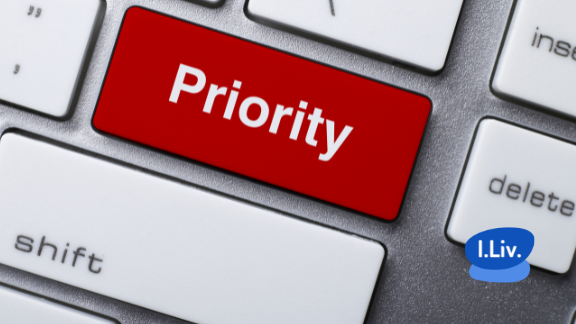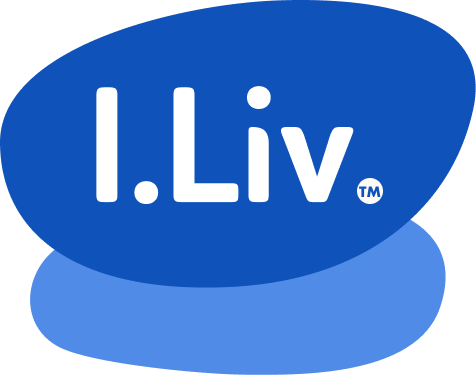The pace of work has never been more demanding. Organizations are navigating a landscape where priorities shift constantly, teams juggle competing objectives, and individuals are bombarded by endless to-do lists – from all aspects of life. The sheer velocity of modern work and life creates a cycle where professionals spend their days responding to urgent demands – often in reactive mode – rather than executing what truly drives impact.
The result? A widespread breakdown in performance. At the organizational level, high-priority initiatives compete for limited resources, creating constant reallocation of focus. At the team level, workflows become chaotic as teams struggle to stay aligned with shifting objectives. And at the individual level, work pressures stack on top of personal responsibilities, fueling stress, disengagement, and burnout.
It’s no surprise that 77% of employees report feeling disengaged at work (Gallup). But this isn’t a personal failing—it’s a structural issue. Without a clear system, work expands, priorities blur, and execution stalls.
The Reality of Reactive Work
For many professionals, the workday feels like an endless game of whack-a-mole. Requests, emails, and meetings flood in from every direction, demanding immediate attention. This reactive approach creates an illusion of productivity—people stay busy, calendars are packed, and inboxes are cleared. But busyness isn’t the same as progress.
When execution is driven by urgency instead of strategy, high-value work takes a backseat. Individuals get stuck in cycles of responding instead of leading, teams struggle to stay focused, and organizations lose momentum on key objectives.
The consequences are clear:
- Burnout rises as employees try to keep up with unsustainable workloads.
- Misalignment grows as teams lose sight of how their work connects to the bigger picture.
- Execution slows down as organizations constantly shift priorities without a structured system to manage them.

Prioritization as a Capability: A New Way to Work
The solution isn’t about time management hacks or simply trying to work harder. The real shift comes from treating prioritization as a capability—not a one-time decision, but an ongoing, adaptive process that aligns effort with impact.
Prioritization as a capability means:
- At the organizational level: Implementing a structured, flexible system for continuously identifying and aligning on top priorities, ensuring that shifting goals don’t create misalignment or wasted effort.
- At the team level: Embedding prioritization into team workflows so that work remains focused, execution remains disciplined, and alignment with business objectives is maintained—no matter how fast priorities change.
- At the individual level: Building a daily practice of filtering, assessing, and executing tasks based on what creates the most value—both for the organization and for personal success.
This is not about rigid planning or static to-do lists. The reality is, even the best task list becomes outdated almost immediately. Instead, prioritization must be built as an ongoing discipline—one that enables professionals to stay focused while adapting to change.
From Overloaded to Impact-Driven
When prioritization becomes a capability rather than an afterthought, professionals shift from reactive work to intentional execution. Instead of drowning in competing demands, they gain clarity on where to focus, energy to execute at their best, and confidence in knowing their efforts directly contribute to meaningful outcomes.
When we are clear on what to say YES to, it becomes much easier to say NO to distractions, misaligned tasks, and work that doesn’t drive impact.
Organizations that build prioritization into their culture see stronger alignment, faster execution, and healthier teams. Teams that embed prioritization into their workflows move with clarity and agility. And individuals who develop prioritization as a capability perform at their best without falling into cycles of stress and burnout.
At I.Liv, we help professionals master this shift. Through our I.Liv Performance Program, we guide individuals in developing prioritization as an ongoing capability—one that aligns daily decisions with results that matter most – at work and in life. With our I.Liv Leadership Program, we support organizations in closing the strategy-to-execution gap by aligning individual and organizational priorities at scale, ensuring that leaders at every level drive keep individual priorities in lockstep with organizational goals . Because strategy execution doesn’t fail due to lack of effort—it fails when priorities aren’t clear. And when leaders at every level learn how to focus on what truly drives results, everything changes.
Let’s talk. Book a consultation with I.Liv and take the first step toward closing the Strategy-to-Execution Gap— for good.
Want More Insights?
Join the I.Liv Leading with Intent Newsletter below for expert insights on strategy execution, leadership development, and performance optimization.

